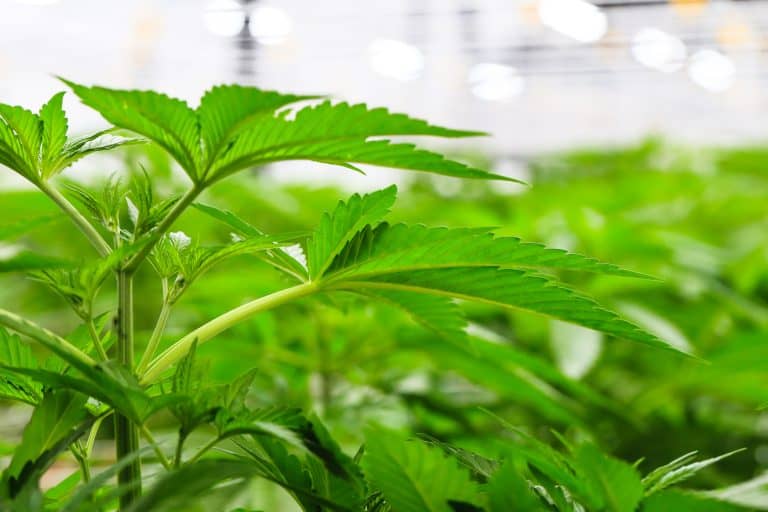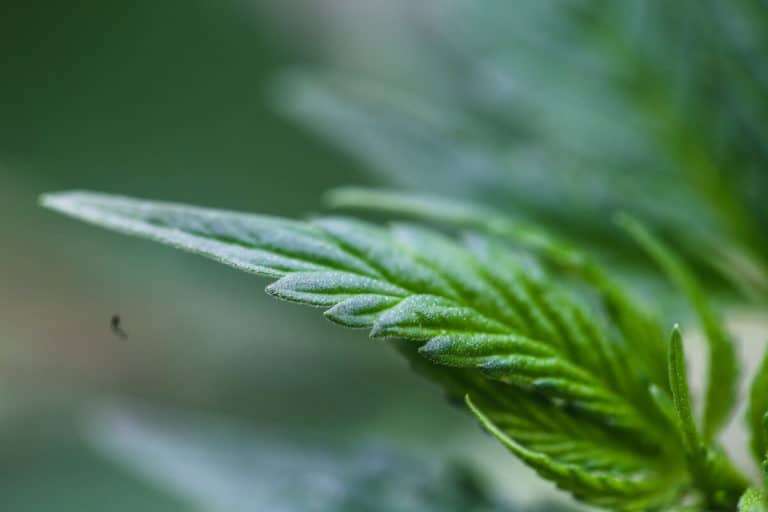Cannabis 101: What are Terpenes?
In addition to common cannabis terms, like cannabinoid, indica, and sativa, you may have recently encountered a less commonly used word: terpenes. These are yet another compound found in cannabis.
But what are terpenes? And how important is it to know which types and concentrations are in cannabis before you buy a product?
Read on to find out what researchers know so far.
WHAT ARE terpenes?
Terpenes are naturally occurring chemical compounds found in plants and some animals. They’re responsible for the aromas, flavors, and even colors associated with various types of vegetation. In terms of cannabis, terpenes are what make certain strains smell or taste different from others.
They can also be processed into produce products, like cleaning solvents, pesticides, and dyes. Some even have therapeutic properties.
While nearly all plants contain terpenes, some of the more common sources people encounter them include:
- cannabis
- aromatic herbs, like sage and thyme
- citrus fruits
What do they do?
Terpenes are thought to protect plants from harsh weather and predators. As for what they do in humans, that’s still a bit of a mystery. But cannabis researchers and consumers alike are increasingly looking at terpenes as a way to classify cannabis products and predict their effects.
The main hypothesis is that the terpene profile — the dominant terpenes — of a strain work in tandem with the cannabinoid content — the amount of tetrahydrocannabinol (THC), cannabidiol (CBD), and other cannabinoids — to produce the effects people associate with different strains.
For example, they might explain why two different strains with the same level of THC produce such different experiences.
Do they get you high?
Terpenes won’t make you feel high in the traditional sense. Still, some are considered to be psychoactive, because they affect the brain.
While terpenes aren’t intoxicating on their own, some think they may impact the effects of THC, the cannabinoid responsible for the high feeling from cannabis.
Many cannabis connoisseurs and budtenders say that consumers place far too much emphasis on THC content when choosing a strain. Instead, they recommend focusing more on certain terpene profiles to get their desired effects.
For example, preliminary research suggests that some terpenes could have potential benefits for certain mental health conditions, including anxiety, depression, and bipolar disorder.
How do they compare to THC and CBD?
THC and CBD are just two of over 100 cannabinoids found in cannabis, however they are the two most abundant cannabinoids and the most well studied.
Both cannabinoids and terpenes can give you some clues about what to expect from a cannabis product, but they’re two different compounds.
That said, they all appear to interact with each other in what experts call the “entourage effect.” This is the hypothesis that the “full spectrum” of cannabis, including all the cannabinoids, terpenes, and other compounds found in cannabis, work synergistically to produce the sensations and effects of cannabis.
In other words, it’s a hypothesis that a little bit of everything might have more benefit than a lot of one thing.
A 2010 study, for example, showed that a combination of CBD and THC was more effective for pain management than THC alone.
In a 2018 study, breast cancer tumours in a Petri dish responded better to a cannabis extract than pure THC on its own. But those synergistic effects were believed to be mainly attributed to other cannabinoids and not terpenes.
This is important to consider if you’re using CBD for therapeutic purposes. If you use a CBD isolate (a product that contains only CBD) and find it doesn’t have your desired effect, it might be worth trying a full-spectrum CBD product, which will also contain terpenes and other cannabinoids, including small amounts of THC.
Learn more about isolate vs. full-spectrum CBD.
Common terpenes and their effects
There are about 400 known terpenes in cannabis, but experts have only linked a handful of them to specific effects.
Here are some common terpenes and their potential effects:
- Beta-caryophyllene. A major ingredient in cloves, rosemary, and hops, beta-caryophyllene could be beneficial for managing symptoms of anxiety and depression.
- Beta-pinene. If you’ve strolled through a coniferous forest, you know the smell of beta-pinene, which could also have potentially both anti-depressant and anti-cancer properties.
- Humulene. This terpene is found in ginseng, which has long been used in folk medicine for energizing effects.
- Limonene. One of the most commonly found terpenes, limonene has distinct citrus notes and may potentially have anti-cancer properties. In mice, it’s been shown to have anti-anxiety properties.
- Linalool. Lovers of lavender as aromatherapy may want to seek out cannabis with linalool, which may help alleviate stress.
- Myrcene. Found in mangoes, myrcene has antifungal and antibacterial properties and could also have sedating effects.
Keep in mind that much of the research around terpenes is still in early stages. More high quality studies in humans are needed to fully understand the health impacts of different terpene profiles.
Maximizing their benefits
Curious to start exploring terpenes? Here are some tips to keep in mind:
- Read the label. Some lab-tested cannabis brands include the terpene profiles (often the three most prevalent terpenes) and concentrations of the product (usually a number that sits around 2 percent).
- Check for freshness. Terpene concentration can diminish over time, so look for products that have a recent package date. If you’re going with flower, give it a sniff if you can. You want something that’s fragrant (indicative of high terpene content), not stale.
- Use caution with cannabis oil. Oil-based vaping products often have added synthetic terpenes. It’s not clear if synthetic terpenes are less effective than natural ones, but they’re often used to create solvents and other household chemicals. Proceed with caution, and be wary of marketing materials that make promises about what they’ll do.
- Lay off the heat. There’s some evidence that dabbing, which involves high heat, could degrade synthetic terpenes, resulting in potentially harmful by products. Until experts understand more about how heat affects terpenes, you may want to stick with vaporizing flower at a low temperature or consuming edibles.
- Keep a journal. As you try different terpene profiles, take note of your ingestion method and how you feel. Over time, this can help you pinpoint the best terpene profile for the effects you’re after.
The bottom line
Terpenes play an important role in the aroma and flavor of a cannabis strain. And they potentially work in synergy with cannabinoids and other cannabis plant compounds to produce psychoactive effects.
But research into the more than 400 terpenes in the plant is still in its infancy, so it’s hard to make any definitive claims about them.
It’s also important to note that, in addition to cannabinoids and terpenes, your physiology, past cannabis experience, and the setting in which you use cannabis can also affect how you feel. Terpenes are just one piece of the equation, but they can be an interesting way to play around with different products and find what you like best.
Written By: Kate Robertson, Healthline.








